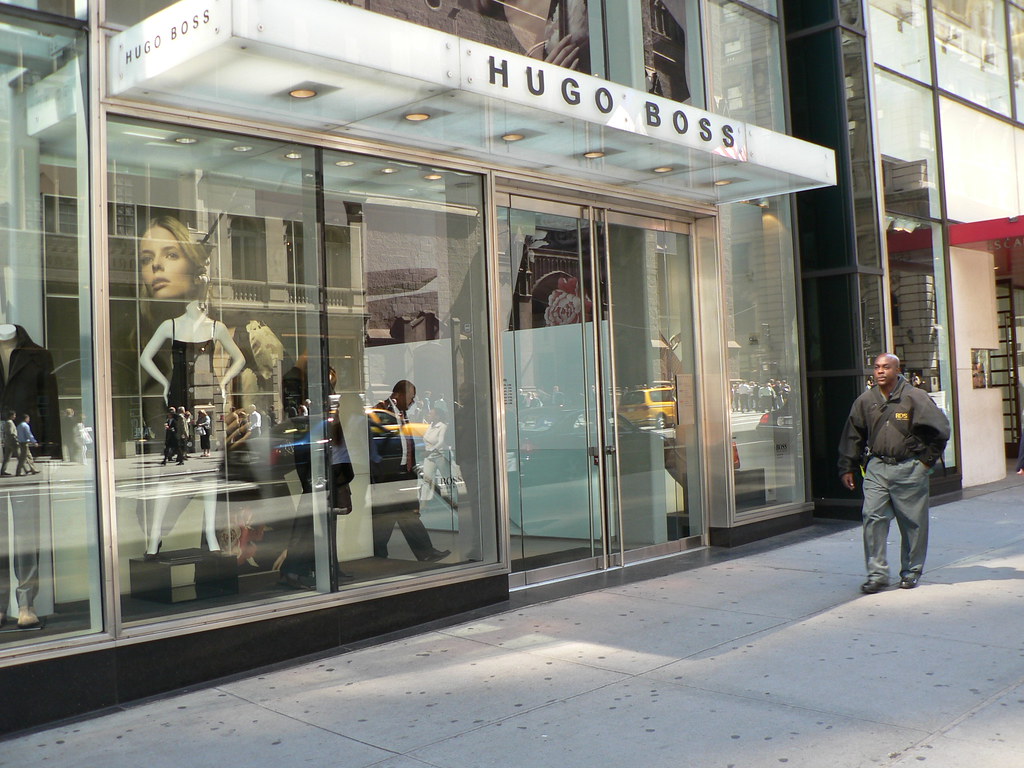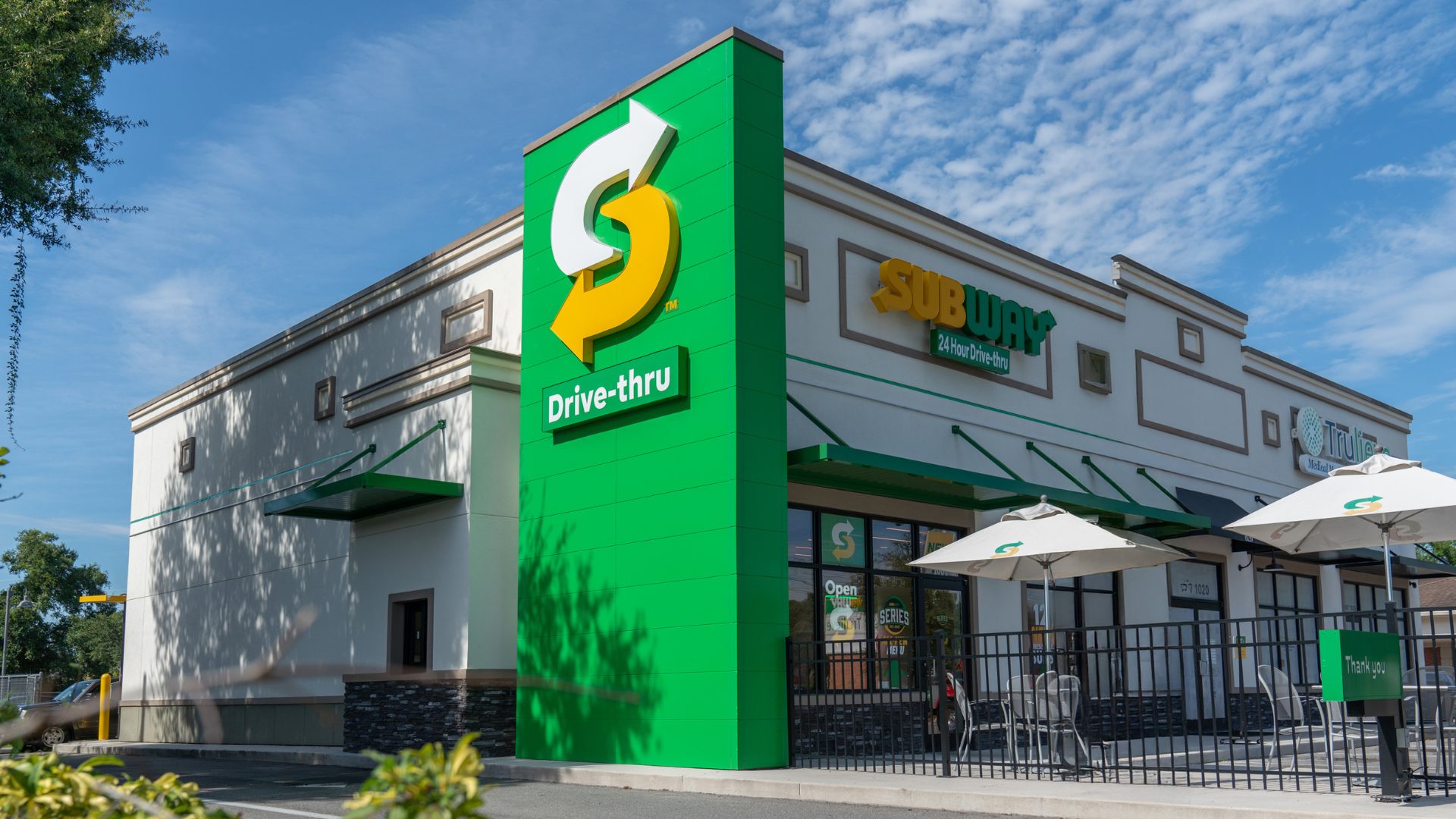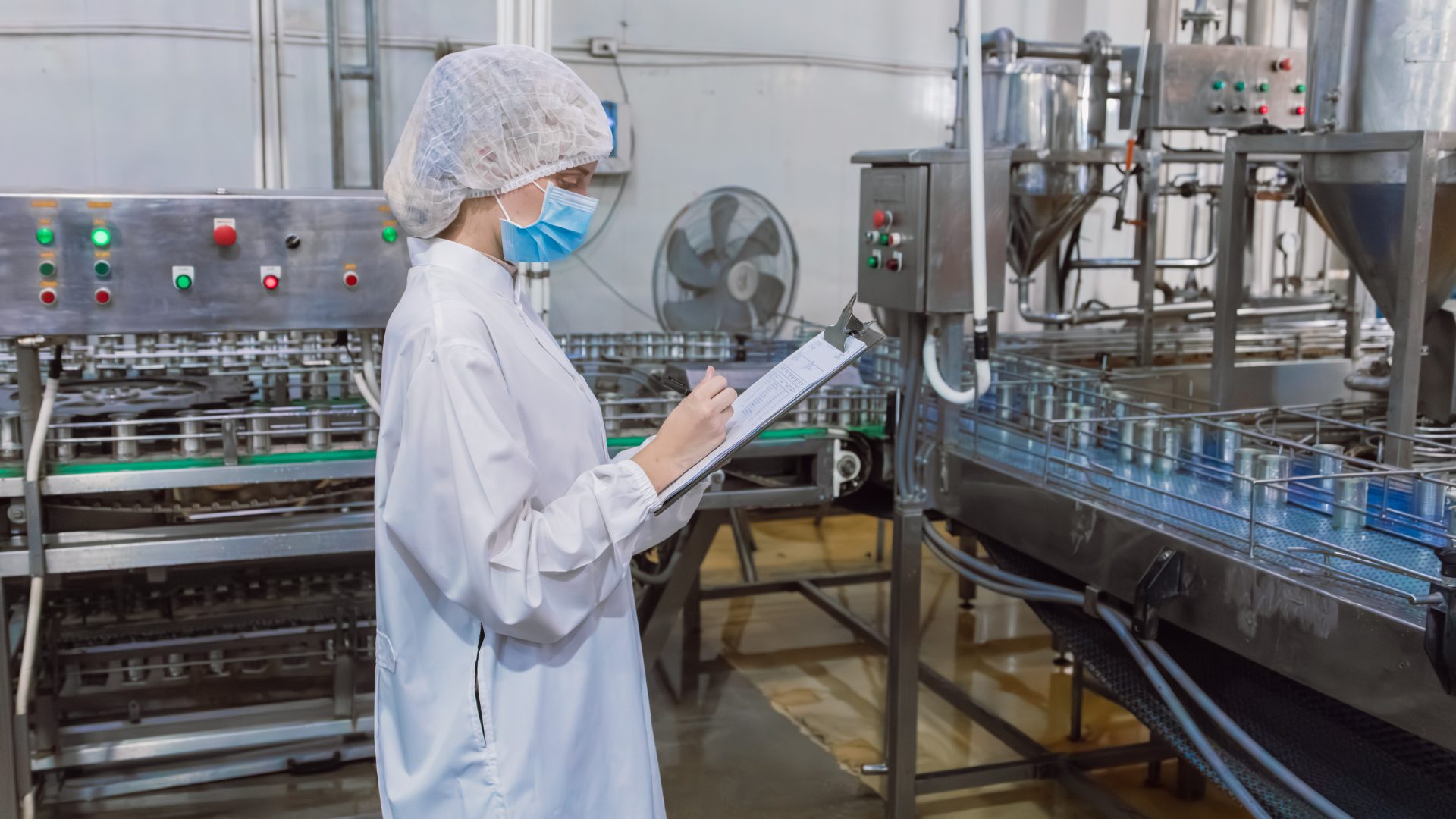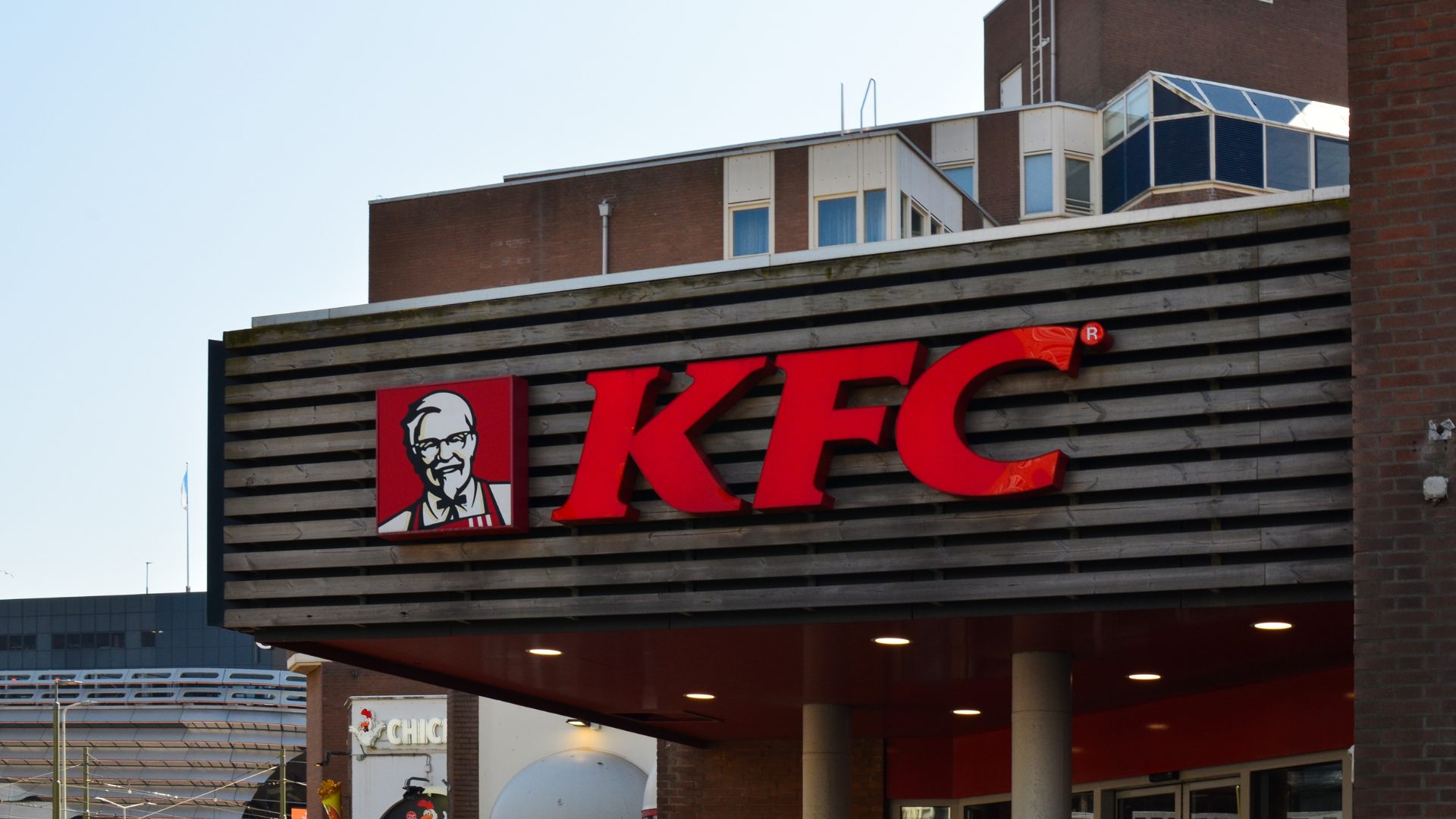Last year, fashion designer Vera Wang revealed her secret for staying young and keeping that youthful glow: McDonald’s, vodka, and donuts.
And though none of those made an appearance with Ms. Wang at this year’s Met Gala, some of the fashion on display will be hard to forget. This year’s theme was “The Garden of Time,” inspired by a 1962 dystopian short story by J.G. Ballard.
At $75,000 per ticket, however, The Food Institute has a better deal in store:
Why not come to Food, Fashion & Finance, when The Food Institute takes over the Hugo Boss headquarters in Manhattan on Thursday?
Tickets are much cheaper and the glitterati in attendance will actually be accessible. The event is a collaboration between The Well, a professional network focused on holistic wellness in the CPG industry; The Food Institute, an authority on global food industry trends; and Hugo Boss, an iconic brand in the fashion industry. The soiree will engulf the Hugo Boss flagship store in Columbus Circle, New York City – one of the premier locations in Manhattan.
The event will feature a conversation with Stephan Born, president for the Americas of Hugo Boss, on the key success factors of the brand in the fashion world; a panel discussion with Brad Charron, CEO of ALOHA and other leading food and beverage brands; Josh Gellert of Camerican International (a Gellert Global Group company); Eric Kroll of venture capital firm Vibrant Ventures; and other investors. The discussion will highlight the best practices for companies to attract the right investment partners.
The evening’s guests will be treated to samples from many food and beverage brands including Cipriani Foods (De Medici Imports) Ito En, Maivano, and more, and receive exclusive discounts on Hugo Boss apparel.
Food and fashion have gone hand-in-hand long before the most recent collaborations between Vetements and McDonald’s, say, or Wildfang and Taco Bell. Last fall, McDonald’s even released several pairs of branded Crocs featuring characters such as the Hamburglar, Birdie, and Grimace, which followed a partnership between Crocs, Balenciaga, and rival Kentucky Fried Chicken.
Jennifer DelVecchio is the senior director of global brand, content, and culture at McDonald’s, who told The New York Times, “The intention around fashion has really picked up a lot of pace over the last three to five years,” and added, “[McDonald’s] is looking to meet our fans through the things they love.”
And since everybody loves some part of their wardrobe, there’s a lot for brands to work with, on and off the runway.
Five Hot Looks When Food Met Fashion
Lady Gaga’s Meat Dress, Fall 2010
At the 2010 Video Music Awards (VMAs), Lady Gaga took no prisoners.
“[The dress] was shocking, sure, but it sparked conversations all around the globe about fashion and its boundaries,” Steven Dann said to The Food Institute. Dann is CEO of an eponymous fashion brand and recognized as a global expert on styling and fashion curation.
Designed by Franc Fernandez and made entirely out of raw beef, Gaga herself best described it: “Talented, brilliant, incredible, amazing, show-stopping, spectacular, never the same, totally unique, completely not ever been done before, unafraid to reference or not reference, put it in a blender, shit on it, vomit on it, eat it, give birth to it.”
Moschino’s Ready-to-Wear Collection, Fall 2014
Designed by Jeremy Scott, “This line infused fast food and American pop culture into high fashion,” said Cameron Forbes, founder of Forbes Functions, to The Food Institute.
“The show made a playful yet bold statement on contemporary consumerism and brand culture,” she added, noting handbags designed like Happy Meal boxes and other highlights from brands like Budweiser, Froot Loops, Coca-Cola, Hershey, and more.
“The iconic red and yellow never looked so glamorous, and it was a cheeky nod to pop culture and fast food,” said Mimi Nguyen, founder at Cafely, to The Food Institute.
Chanel’s Supermarket Chic, Fall/Winter 2014

“Karl Lagerfeld transformed the runway into a Chanel-branded supermarket, and it was everything! Models strutted past shelves stacked with everyday products turned luxe,” said Nguyen. “It was a playful poke at consumer culture, blending high fashion with the grocery aisle in the coolest way possible.”
Dolce & Gabbana’s Pasta Prints, Spring 2018
“Nothing says Italy like pasta, and D&G embraced this with fun and colorful pasta-themed prints that were both playful and chic,” Dann said.
“This collection was a feast for the eyes with its lush prints of fruits, veggies, and sweets,” Nguyen added. “It was like walking through an Italian market but in the most stylish way imaginable. Each piece celebrated the joy of Italian cuisine with that unmistakable Dolce & Gabbana glamor.”
“Models cart-pushed through the aisles donning some of the most iconic designs from the house, in particular handbags, such as the Milk Carton Bag, the Shopping Basket, and meat-colored Classic Flap Bags wrapped like ground beef,” said Yenia Hernández Fonseca, personal stylist and luxury fashion specialist, also to The Food Institute.
“Karl Lagerfeld’s genius move to turn a fashion runway into a supermarket aisle was both quirky and smart, blending everyday shopping with luxury,” Dann said.
Agatha Ruiz de la Prada’s Fruit and Vegetable Dresses
Agatha’s designs are always a blast of color, and her fruit and veggie dresses are literally fresh and fun, making fashion feel joyful,” Dann said.
“Think giant strawberries and oversized oranges sashaying down the runway,” Nguyen added. “It’s fashion that doesn’t take itself too seriously and reminds us to have fun with our style.”
The Food Institute Podcast
Corn stocks, poultry flocks, and highly-pathogenic avian influenza – what does the U.S. agricultural system look like amid inflation and other headwinds? Wells Fargo Chief Agricultural Economist Dr. Michael Swanson discussed specialty crops, grain plantings, and what to expect in the growing year to come.













